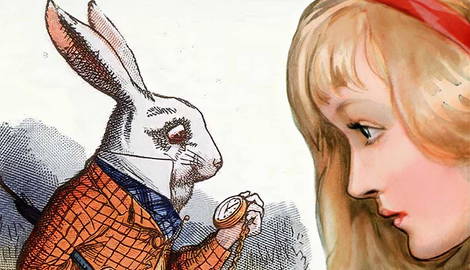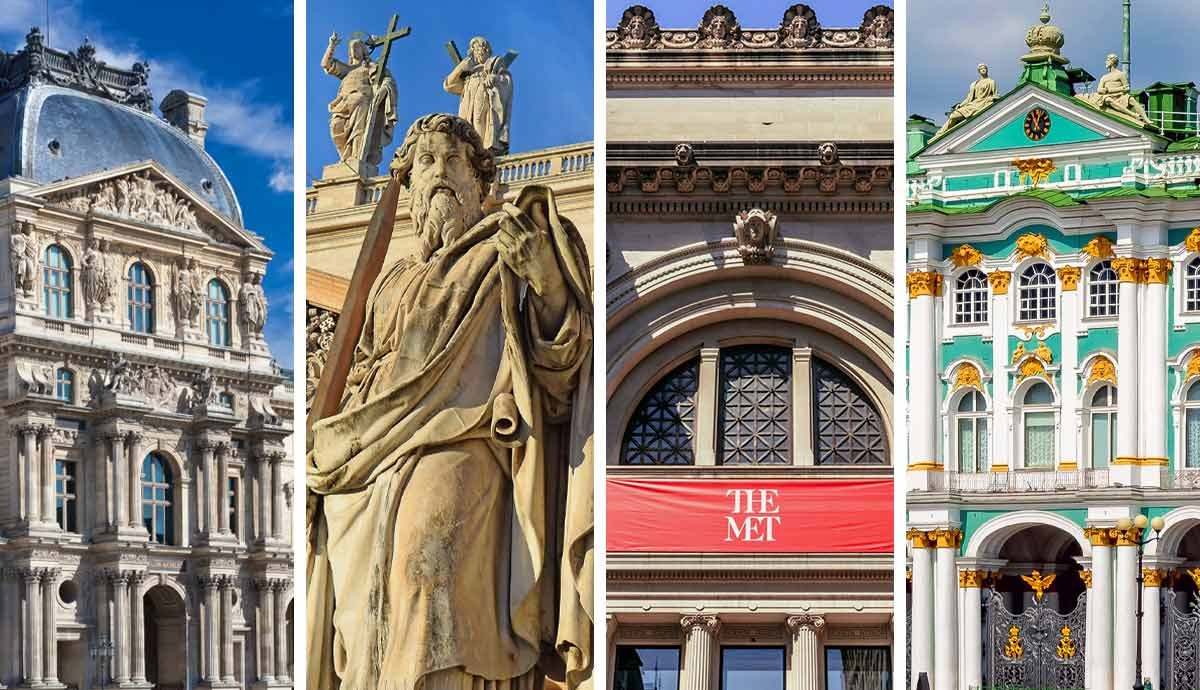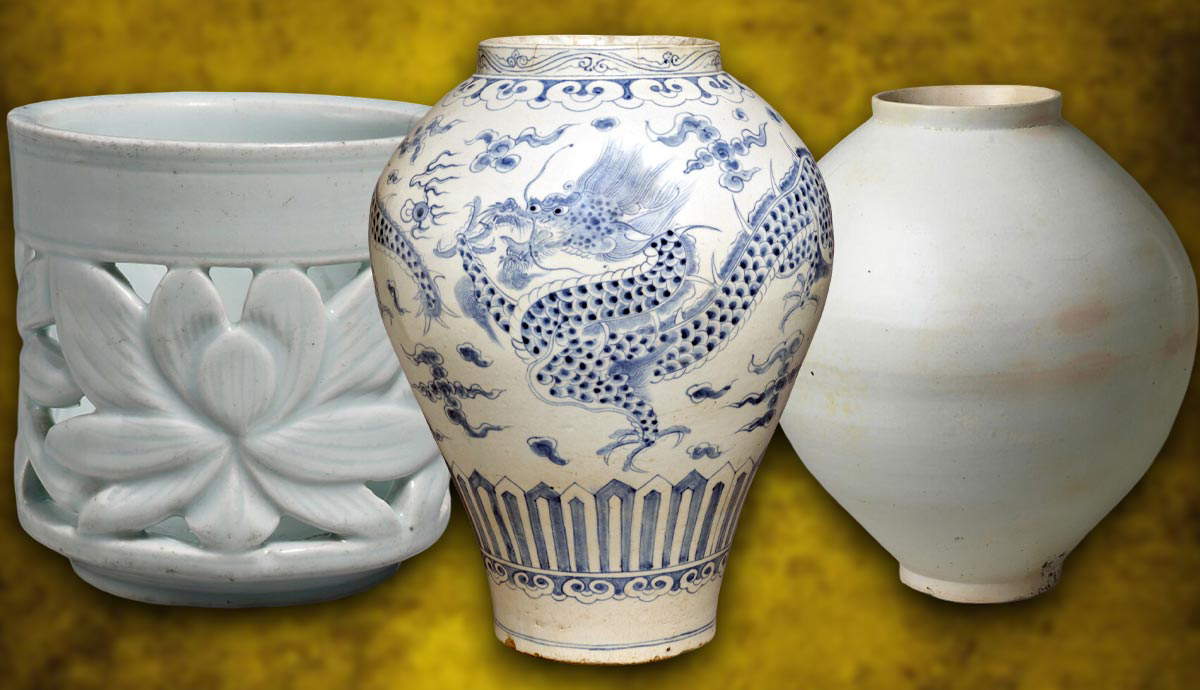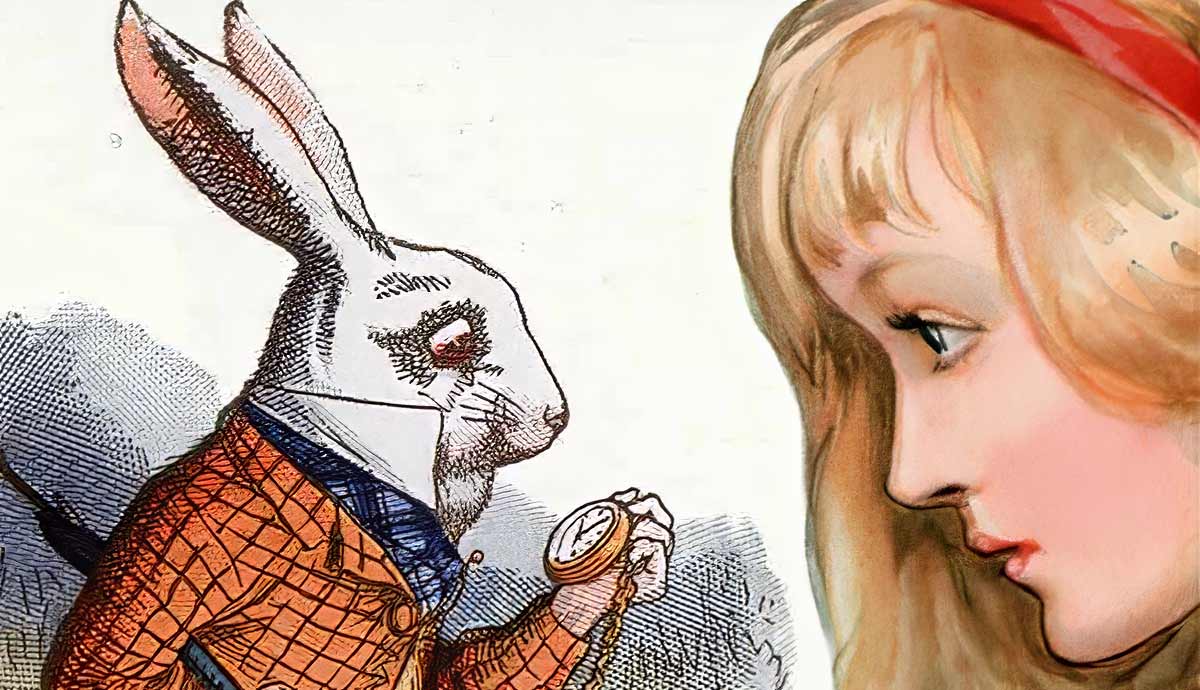
The White Rabbit is one of the most enduring figures in Lewis Carroll’s much-loved Victorian classic Alice’s Adventures in Wonderland, 1865. Though Carroll refers to him simply as the Rabbit, his prim waistcoat, ever-ticking pocket watch and anxious refrain of “I’m late! I’m late!” have made him an icon of urgency. Generations of readers and critics have probed his layered symbolism and below we explore the most compelling interpretations.
Time and Urgency
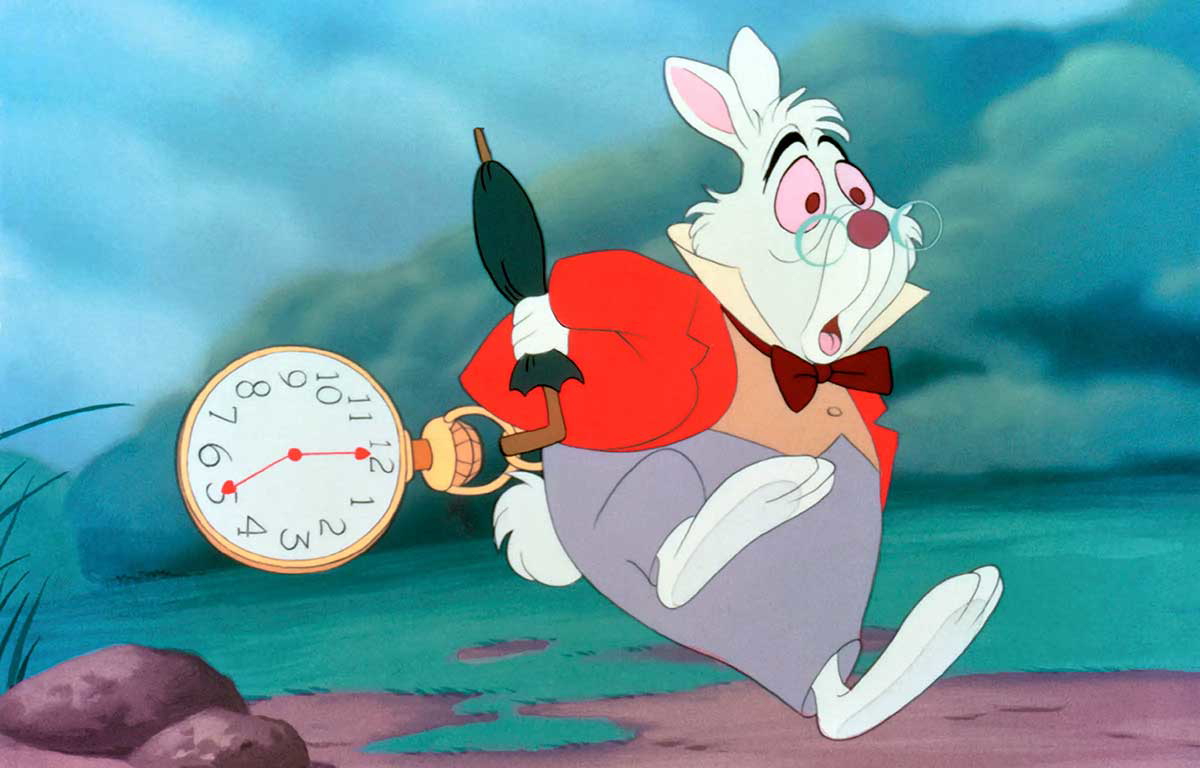
In Lewis Carroll’s Wonderland, the White Rabbit may be seen as a living embodiment of Victorian time consciousness, his frantic ticks and tocks echoing the era’s burgeoning railway timetables and factory whistles. Pictured by the original illustrator, John Tenniel, wearing a prim waistcoat and forever peering at his pocket watch, he could convey both the promise and the panic of mechanized punctuality and his anxious refrain of “I’m late! I’m late!” may encapsulate a society newly bound by schedules. More than a mere herald for Alice’s curious descent, the Rabbit might crystallize the tension between childhood abandon and the adult world’s relentless march of minutes.
A Catalyst for Curiosity and Self-Discovery

Following the White Rabbit may evoke Sartre’s idea of radical freedom, confronting Alice with a choice that defines her very being. Derrida’s notion of différance might see the Rabbit’s ever-slipping direction as avoiding any fixed meaning, his unpredictable path prompting her to question everything she thought she knew. His erratic haste could symbolize the pull of adventure, urging her to abandon familiar certainties and pursue the unknown. Through a series of bizarre encounters, Alice embarks on a journey of self-discovery, illustrating how secondary characters can provoke deeper exploration of identity.
Social Hierarchy and Anxiety

By outfitting the White Rabbit in a waistcoat and binding him to a pocket watch, Carroll may hint at the embedded power structures of Victorian society, with some critics arguing he symbolizes the adult capitalist world ever racing against the ticking clock. His anxiety-ridden behavior could reflect the pressure to conform to rigid schedules and deadlines, exposing how individuals internalize social hierarchies and regulate their own conduct under constant scrutiny. Drawing on Erving Goffman’s ideas of self-presentation, the White Rabbit’s frantic performance might illustrate the anxiety of maintaining status in a surveilled society. In this light, his character may reveal the uneasy intersection of social order and personal identity.
A Gateway to the Subconscious

Alice’s pursuit of the White Rabbit may function as a portal into the subconscious, echoing Freudian ideas that dreamlike symbols reveal repressed wishes and fears. In Jungian terms, the White Rabbit could act as an archetypal guide or trickster, leading Alice across the threshold into her own psyche. The very act of tumbling down the rabbit hole might mirror the Freudian “return to the womb,” a regression into hidden layers of thought and emotion. Through this lens, Wonderland feels less like an external fantasy and more like an unfolding of Alice’s inner world, where her unspoken doubts and longings play out in vivid, surreal form.
Duality—Fear and Fascination
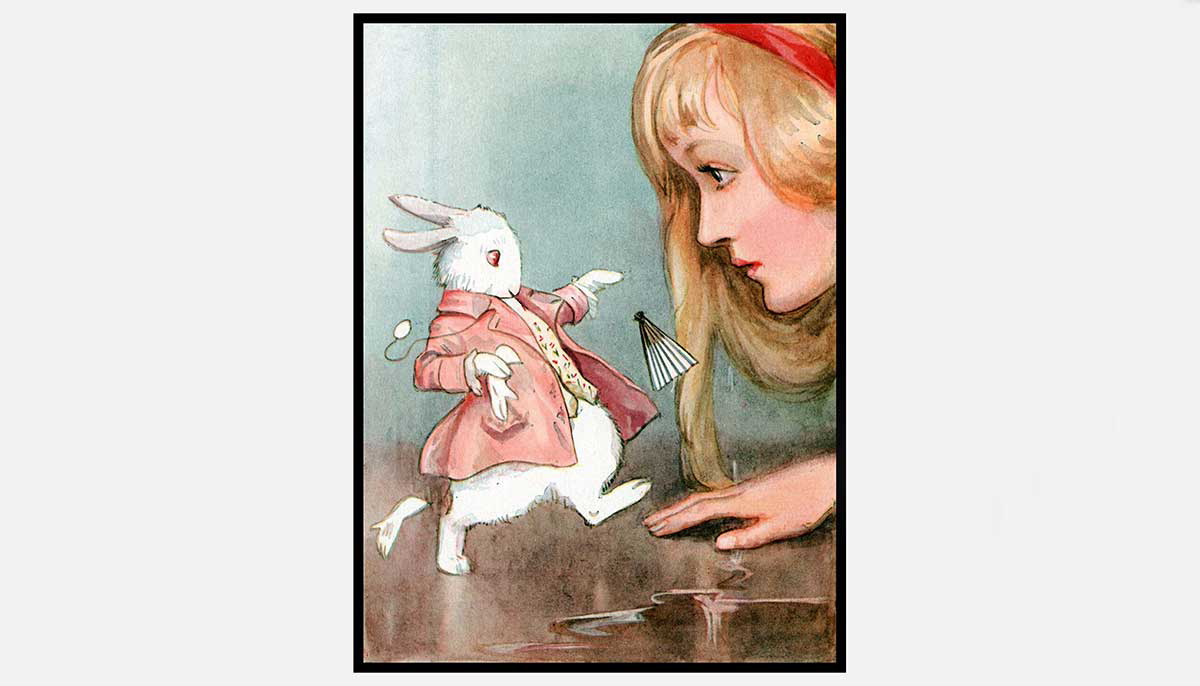
At Alice’s first glimpse of the White Rabbit, she may feel a shiver of dread even as her curiosity sparks to life, his incongruous human clothing and anxious leaps rendering him uncannily familiar yet utterly strange. This duality could echo Freud’s uncanny, where the familiar becomes eerie, and Jung’s trickster archetype, whose chaotic guidance both unsettles and enlightens the psyche. More explicitly, Joseph Campbell’s Hero’s Journey casts the Rabbit as both the call to adventure and the threshold guardian, prodding the hero forward into unfamiliar realms. Together, these layers characterize how fear and fascination often entwine at the edge of the unknown.
